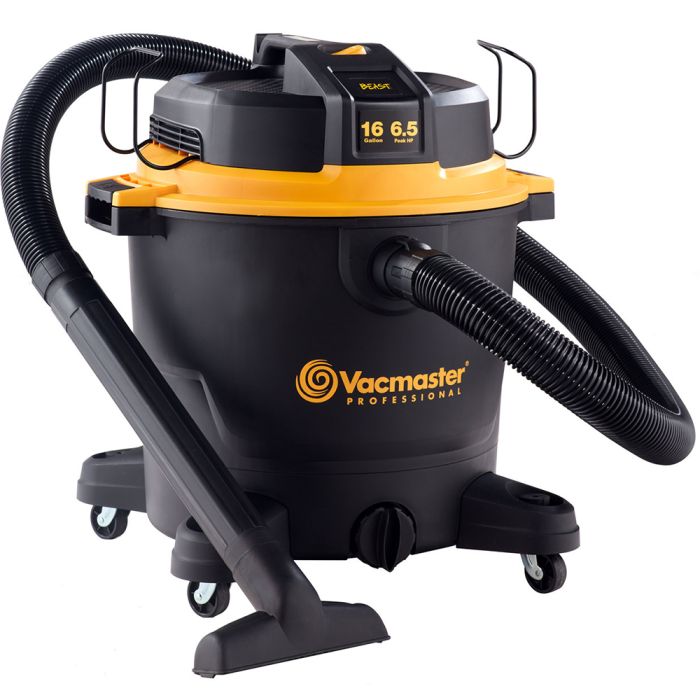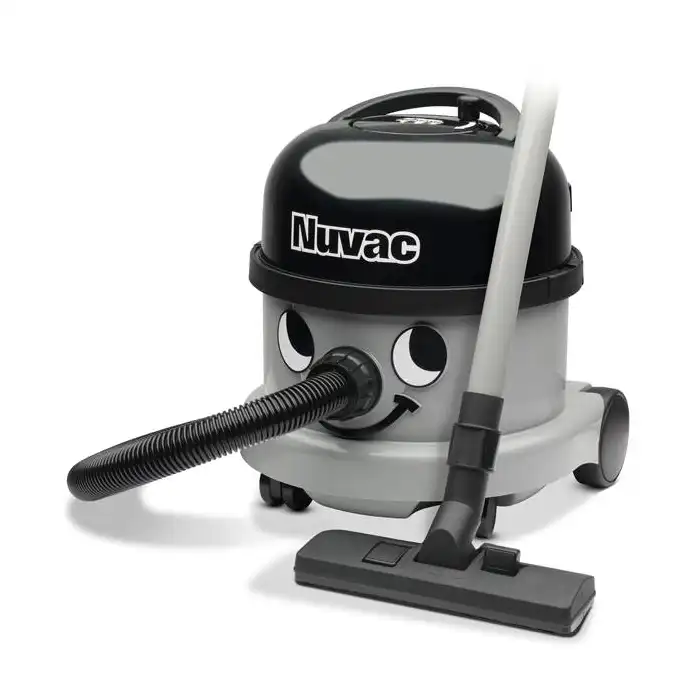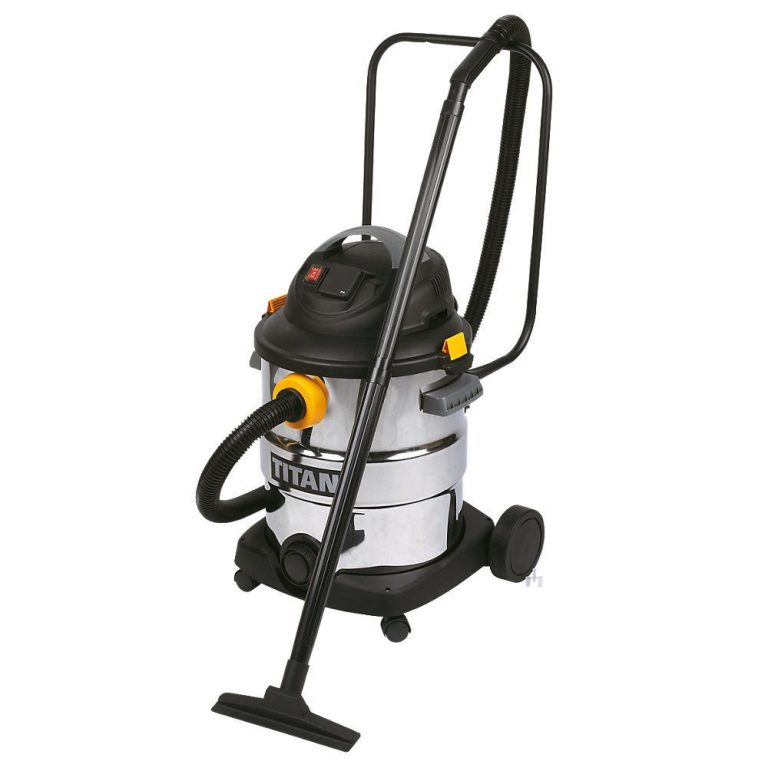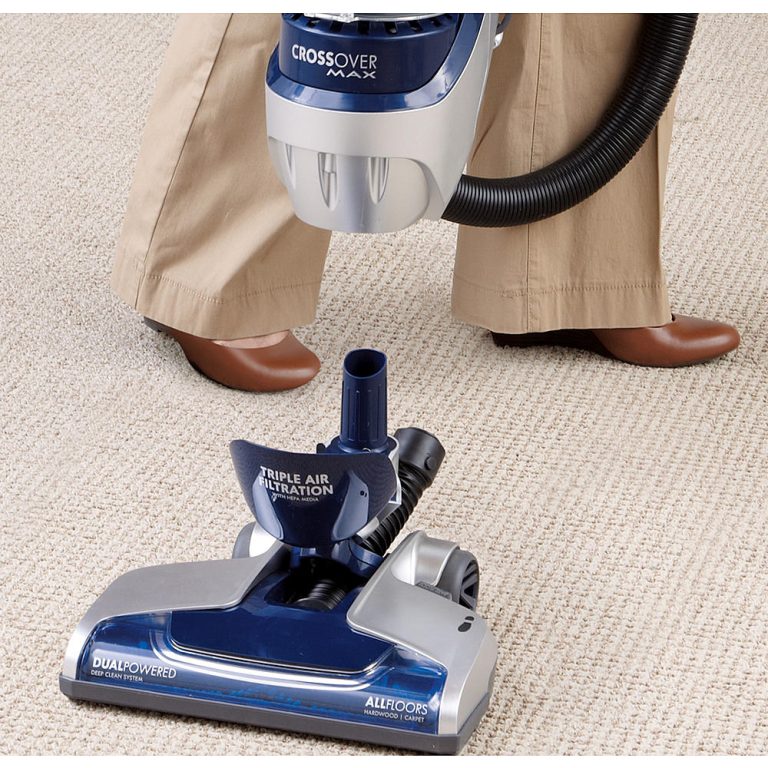The Origin of the Vacuum Cleaner
Who invented the vacuum cleaner in 1868?The story of the vacuum cleaner starts in 1868. The need for cleaner homes was growing. Dirt and dust were common in houses. People needed an easier way to get rid of it. Brooms and dustpans were the only tools available. They did not do the best job. They stirred up dust more than they removed it. It was clear that a better solution was necessary.

The idea for a machine to suck away dust began to form. This was a bold thought for the time. Household machines were not common. The idea of a mechanical device to clean floors was revolutionary. This started the journey towards the vacuum cleaner we know today.
Who invented the vacuum cleaner in 1868? We will explore that in the next section. But it’s important to note that this invention didn’t just clean floors. It paved the way for modern home appliances. It made people imagine homes with machines that do the work for them.
The 1868 vacuum cleaner invention marks a turning point. It changed how people cared for their homes. No longer would cleaning be as tedious as before. The invention signalled a shift to a new era of household cleaning.
Who Was Behind the 1868 Innovation
The man behind the 1868 vacuum cleaner was Ives W. McGaffey. He was an American inventor. His creation, the ‘Whirlwind,’ was the first hand-powered vacuum. Making cleaning less labor-intensive was his goal. McGaffey’s ‘Whirlwind’ was patented on June 5, 1869. It was the beginning of home cleaning innovation.
This invention was not an immediate success, though. The ‘Whirlwind’ was bulky and hard to operate. It required turning a hand crank while pushing the device over floors. Only a few were sold due to its high price and effort to use. Nevertheless, it started a revolution in the way we clean our homes.
McGaffey’s idea laid the groundwork for future developments. It inspired other inventors to improve on his design. He sparked a movement towards more efficient cleaning solutions. He was the pioneer who stepped into a territory unknown in household chores. His vision was a home where machines took over menial tasks.
Ives W. McGaffey may not be a household name. But, he made a significant contribution to domestic life. His initial design has been refined over the years. But the basic premise remains. We owe the convenience of modern vacuum cleaners to him and his innovative spirit.

The Design of the First Vacuum Cleaner
The ‘Whirlwind,’ designed by Ives W. McGaffey in 1868, was a groundbreaking creation. It represented the world’s first hand-powered vacuum cleaner. The design was simple yet innovative for its time. It had a boxy shape with a fan inside, which was turned by a hand-crank. As the crank turned, it created suction. This suction picked up dust and dirt from the floor. The debris then collected inside the machine.
To use the ‘Whirlwind,’ one had to push it across the floor. At the same time, the user needed to turn the crank manually. This dual action made the vacuum cleaner cumbersome. Users had to put in significant effort to clean their homes. Despite these challenges, the ‘Whirlwind’ marked the beginning of mechanical floor cleaning.
The device’s design included a belt-driven fan. This fan was crucial to the vacuum’s operation. The belt transferred the motion from the hand crank to the fan. The innovation of using a fan to create suction was the key element. This principle is still used in modern vacuum cleaners.
Unfortunately, McGaffey’s ‘Whirlwind’ faced several issues. It was heavy and difficult to maneuver. The price was also steep for the average household. These factors contributed to its limited sales. Nonetheless, it was the forerunner of what would become an essential home appliance.
Despite being hand-powered, the ‘Whirlwind’ laid the foundation for future designs. It showed that machines could significantly ease home cleaning tasks. This first vacuum cleaner paved the way for electric versions to come. It was a taste of the future of household convenience.

Impact on Household Cleaning
The invention of the vacuum cleaner in 1868 was a game changer for household cleaning. Before this, cleaning floors was a tedious task. People were reliant on brooms and dustpans, which often made more mess. But with the introduction of McGaffey’s ‘Whirlwind,’ a new cleaning era dawned.
Suddenly, there was a machine that could do the hard work. Although the ‘Whirlwind’ was manual, it inspired the thought of easier cleaning methods. It offered a glimpse into a future where household tasks required less effort. This was significant at a time when home appliances were rare.
The ‘Whirlwind’ started a chain reaction. Inventors were motivated to create better cleaning solutions. In the years that followed, vacuum cleaners became an essential appliance in the home. They evolved from McGaffey’s hand-cranked design to the electric models we use today.
McGaffey’s innovation prompted a cultural shift too. The idea that machines could take over household chores changed how people viewed home care. It was not just about having clean floors. It was about improving the quality of life. This shift in mentality thanks to who invented the vacuum cleaner in 1868 – Ives W. McGaffey – set the stage for the modern home environment. His contribution cannot be overstated; it transformed cleaning from a grueling task to a more manageable part of daily life.
Evolution of the Vacuum Cleaner Since 1868
The vacuum cleaner has dramatically evolved since its inception by Ives W. McGaffey in 1868. From the manual ‘Whirlwind’ with its hand crank, the industry has witnessed a significant transformation. Here’s a brief overview of the evolution:
- Electric Motor: The introduction of an electric motor replaced the need for hand-cranking.
- Portability: Modern designs became lighter and easier to move around the house.
- Suction Power: Over time, suction efficiency improved drastically.
- Bagless Models: These emerged, eliminating the need for replacing bags.
- Robotics: Robotic vacuum cleaners, which autonomously clean floors, are a recent addition.
This evolution has been fueled by continuous advancements and imaginative engineering. The shift to electric power was a defining moment. It meant no more manual labor; just plug in and clean. Increased suction meant more effective cleaning, while bagless models brought convenience and savings on consumables. Robotic vacuums took it a step further, offering hands-free cleaning.
Every step of evolution has made cleaning easier, more efficient, and adaptable to changing lifestyles. Users now value features like HEPA filters for allergen control and multi-surface capabilities for various floor types. These improvements underscore the drive to meet the specific cleaning needs and health concerns of modern households.
Who would have thought the vacuum cleaner would come this far from its humble beginnings in 1868? This journey began with McGaffey’s innovative hand-powered machine and has led to today’s high-tech, multi-functional vacuum cleaners. The future promises even more advancements, with the possibility of smarter, more energy-efficient models on the horizon, directly tracing back to who invented the vacuum cleaner in 1868 – Ives W. McGaffey.
Pivotal Innovations in Vacuum Cleaner Technology
The journey from the simple ‘Whirlwind’ to today’s vacuum cleaners is marked by significant innovations. After who invented the vacuum cleaner in 1868, the technology progressed rapidly. Here are some pivotal moments:
- Disposable Bags: These were introduced to collect dust and dirt, making disposal much easier.
- Electric Vacuum Cleaners: The first powered vacuum appeared in the early 20th century, changing the game.
- Filters: The development of filters improved indoor air quality during vacuuming.
- Attachments: Nozzles and brushes for different surfaces enhanced the versatility of vacuum cleaners.
- Cordless Technology: Freedom from cords made vacuum cleaners more convenient.
These innovations reflect a timeline of change and improvement. Disposable bags solved the messy issue of emptying the cleaner. When electric power took over, the manual labor disappeared. Filters began dealing with allergens, beneficial for health. Attachments allowed for detailed cleaning, reaching every nook and cranny. Cordless technology bought flexibility and ease to the task.
Each of these advancements brought convenience and effectiveness to household cleaning. They also set the stage for more changes to come. From Ives W. McGaffey’s ‘Whirlwind’ to today’s models, each innovation has built upon the last. They illustrate a tradition of enhancing an essential household tool. As we continue to innovate, we remember who invented the vacuum cleaner in 1868, and how far we’ve come.
Historical Significance and Modern Legacy
The vacuum cleaner‘s invention in 1868 was not just about cleaning. It reshaped the household landscape. The ‘Whirlwind’ sparked an idea that cleanliness could be attained with less effort. It was a leap forward in home technology at the time. Today, that leap continues to echo. Our homes are filled with machines that assist us in various chores.
The legacy of McGaffey’s ‘Whirlwind’ goes beyond a cleaner home. It’s about time-saving and convenience. In a modern world where time is precious, his invention laid the foundation for time-saving appliances. We’ve built on his groundwork. We now have an array of machines that simplify tasks and enrich our lives.
What started as a simple, hand-powered device has become a sophisticated instrument. It is essential in our daily routine. The ‘Whirlwind’ gave rise to a revolution. It pushed boundaries in what we expect from home cleaning tools. Its design and concept opened doors for endless possibilities. This is clear in the modern appliances we see today.
The historical significance of who invented the vacuum cleaner in 1868 is clear. Ives W. McGaffey shifted how we handle home maintenance. We owe him gratitude for the comfort and efficiency we experience today. His invention was a stepping stone to the automation of domestic labor. It leads us to a future that continues to innovate. Remembering McGaffey reminds us of the strides we’ve made and the potential for future advances. The modern legacy of the ‘Whirlwind’ is a testament to human ingenuity and the continuous quest for better living.
Key Figures in the Development of Early Vacuum Cleaners
While Ives W. McGaffey stands out for creating the ‘Whirlwind’ in 1868, others also made important contributions to the early development of vacuum cleaners. These key figures brought unique ideas and improvements that shaped the vacuum cleaner’s evolution.
- John S. Thurman: Invented a gasoline-powered ‘pneumatic carpet renovator’ in 1899. His device blew dust into a receptacle, which was a different approach than suction.
- Hubert Cecil Booth: He introduced the idea of suction rather than blowing dust away. His ‘Puffing Billy’ was an engine-powered vacuum cleaner, first demonstrated in 1901.
- James Murray Spangler: Spangler, a janitor, devised a portable electric vacuum cleaner in 1907. He used a fan, a box, and a pillowcase, which laid the groundwork for the modern upright vacuum cleaner. Spangler’s design was later taken up and commercialized by William Henry Hoover, who became synonymous with vacuum cleaners.
- William Henry Hoover: He saw the value in Spangler’s invention and bought the patent, founding the Hoover Company. He introduced improvements and marketing strategies that made the vacuum cleaner a household necessity.
These innovators, along with McGaffey, were essential in moving the concept of the vacuum cleaner forward. They turned the dream of efficient, mechanical floor cleaning into a reality. Their efforts set the stage for the innovative and convenient vacuum cleaning solutions we enjoy today. The advancement of vacuum technology owes much to these pioneers who dared to reimagine household cleaning.


